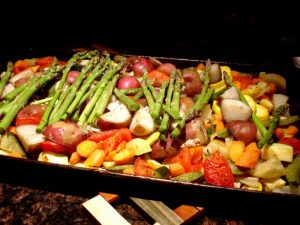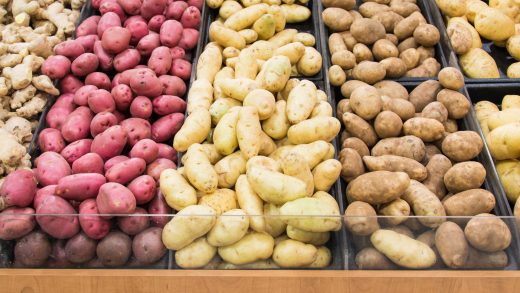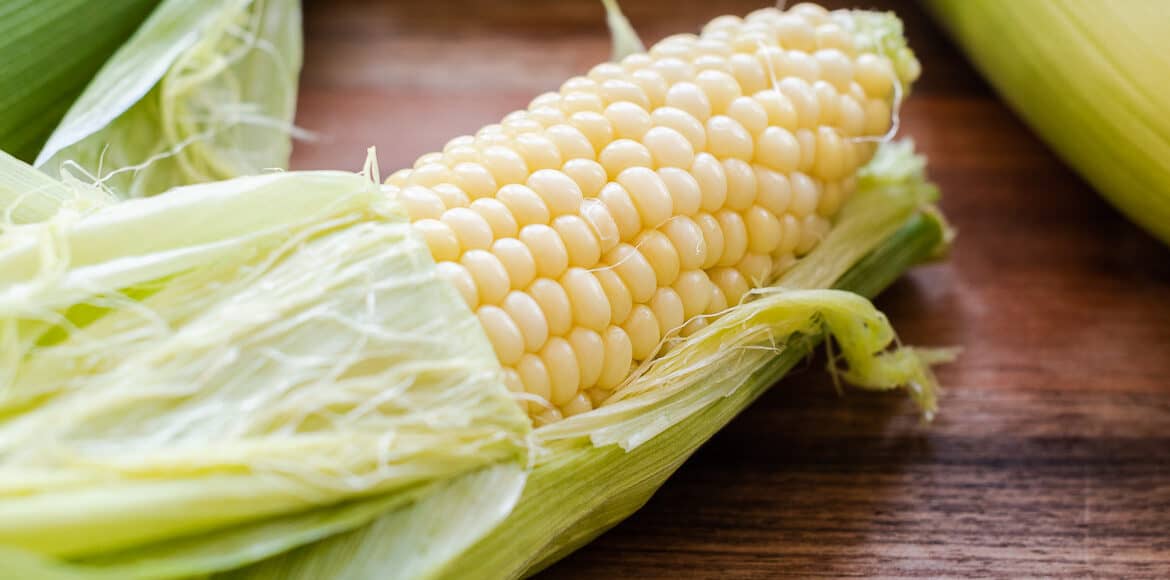We should all have at least three meals a week that have no meat. And there are many substitutes and easy ways to do that. I’m not saying we should all give up meat. Just eat less.
But now you’re in the farmers market or the produce aisle and you don’t know how to pick a vegetable for dinner. If you’re at the farmers market, the vendors are often more than willing to help. Not only might they pick something out for you, but they are likely to tell you how to choose a good one for your needs. I have trouble choosing a good melon, so I just ask the vendor to choose a good one for me, and they usually ask when I want to eat it. That’s how I know they want my business and know theirs.
In the supermarket, just try to find help. You’re on your own. And even though some stores have little information signs about how to choose and store your vegetables, they’re still pretty vague. I’m not sure of exactly what they mean in those recommendations, like “heavy for its size.” What does that mean?
Here are a few tips to help you choose good veggies.
Tomatoes. First, know your varieties. Regular supermarket tomatoes look nice and hold up well, but are lacking in a lot of taste. Cherry and Grape tomatoes are great for salads and snacks. Roma and Plum varieties are good for sauces and other cooked applications. Heirloom tomatoes, usually homegrown, have lots more flavor and are not grown for their looks. Always try to buy tomatoes as close to home as possible. The further they have to come, the less ripe they’ll be. Look for plump, shiny tomatoes that give slightly when pressed; smell the stem end for that distinctive, sweetly acidic aroma.
Corn. Nothing beats good old corn on the cob, whether its boiled, roasted or grilled, as long as it’s slathered in butter. The best way to select corn is by looking at the husk, which protects the kernels from dry air and also tells you how fresh the corn is. Moist green husks are clearly fresher than dry brown ones. The tassel (silky strings at the tip) should be golden brown; a pale tassel is an indication that the corn was picked too early. Feel around through the husk for plump, resilient kernels. Cook it as soon as you can, since the sugars start to break down after it’s been picked.
Zucchini often get a bad rap because they’re so plentiful. But for that very same reason, there are lots and lots of recipes for things to do with them, from zucchini bread to ratatouille. Small-to-medium zucchini are most tender — use those for sautéing, grilling or eating raw. The big ones are starchier — save those for stuffing. Look for shiny, dark green zucchini (the freshest ones will have slightly prickly skin) with moist stem ends at least 1 inch in length. They should be firm to the touch and heavy in your hand. Avoid zucchini with breaks, gashes or soft spots. If there’s just too much zucchini for you to use, don’t let it go to waste — you can freeze it for several months. Slice, grate or chop the zucchini, blanch for 2 minutes in boiling water, then chill; pack in a plastic freezer bag or airtight container, leaving an inch of space at the top, and freeze.
Cucumbers. The English or European greenhouse cucumber, often sheathed in plastic wrap to protect its very thin skin, and the American slicing cucumber, which has a slightly thicker skin and more seeds, are the most common. Avoid cucumbers that have any yellow on them or have soft or wrinkled spots at the ends, a sign of improper storage.
These are just a few tips for picking out the best summer vegetables. Do you have any favorite ways to select your produce? Pass them on by clicking on the comments link below the post.


